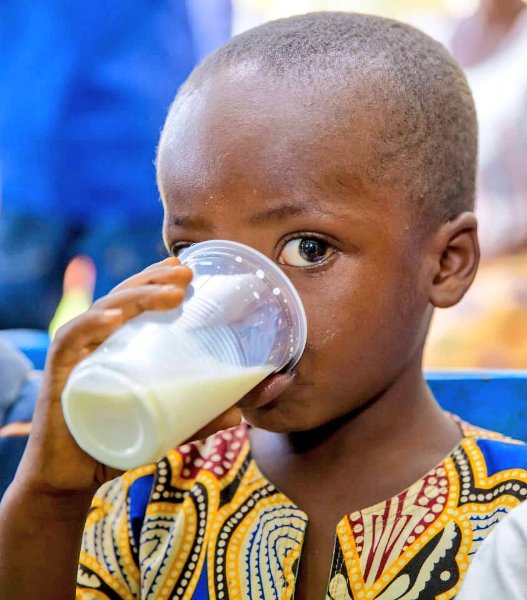
Kigali: Milk production in Rwanda continues to improve. In 2014, milk production was at 648,330 MT per year, and it has increased to 816, 791MT in 2018, and milk consumption per capita was at 68 liters in 2018.
This was due to combined efforts by the government of Rwanda, including genetic improvement of local cattle breeds through artificial insemination, Girinka project that offers cross breeds and dairy breeds to poor families, as well improving nutrition of cows.

In 2017, Rwanda established RDDP, a project of 53 billion to increase milk production and support subsequent value chains.
In August 2018, through RDDP, the Ministry of Agriculture and Animal Resources started renovation of 60 milk collection centers (MCCs), across the country, an exercise that will cost 945,068,433 Rwandan Francs. In addition to that, MCCs also needed equipments for milk collection, testing and cooling.
In order to strengthen the quality and safety of milk, farmers are being supported to access milk cans and coolers to mitigate challenges they used to face in insuring the quality of milk from their home to milk collection centers. So far, 4000 Milk cans have been received by farmers.
Starting from June 2019, another round of 16,050 milk cans will be accessible to farmers across the country. These milk cans includes, 7600 of 5 liters, 4150 of 10 liters, 1,000 of 20 liters, 1,500 of 40 liters and 1,800 of 50 liters. Among these, Gishwati milk shed farmers will be given 3,465 milk can in total.
In addition to that, 25 milk coolers will also be given to milk collection centers in June 2019. The total coast of all the equipments that are being given to farmers and MCCs is USD 1,396,415.
Farmers are contributing 20%, and the government is supporting the rest of the cost of these equipments.
To date, 15 milk transporters have been licensed; while small milk transporters who have been licensed are 156 and 12 milk collectors (Abacunda) cooperatives have been formed. (End)
